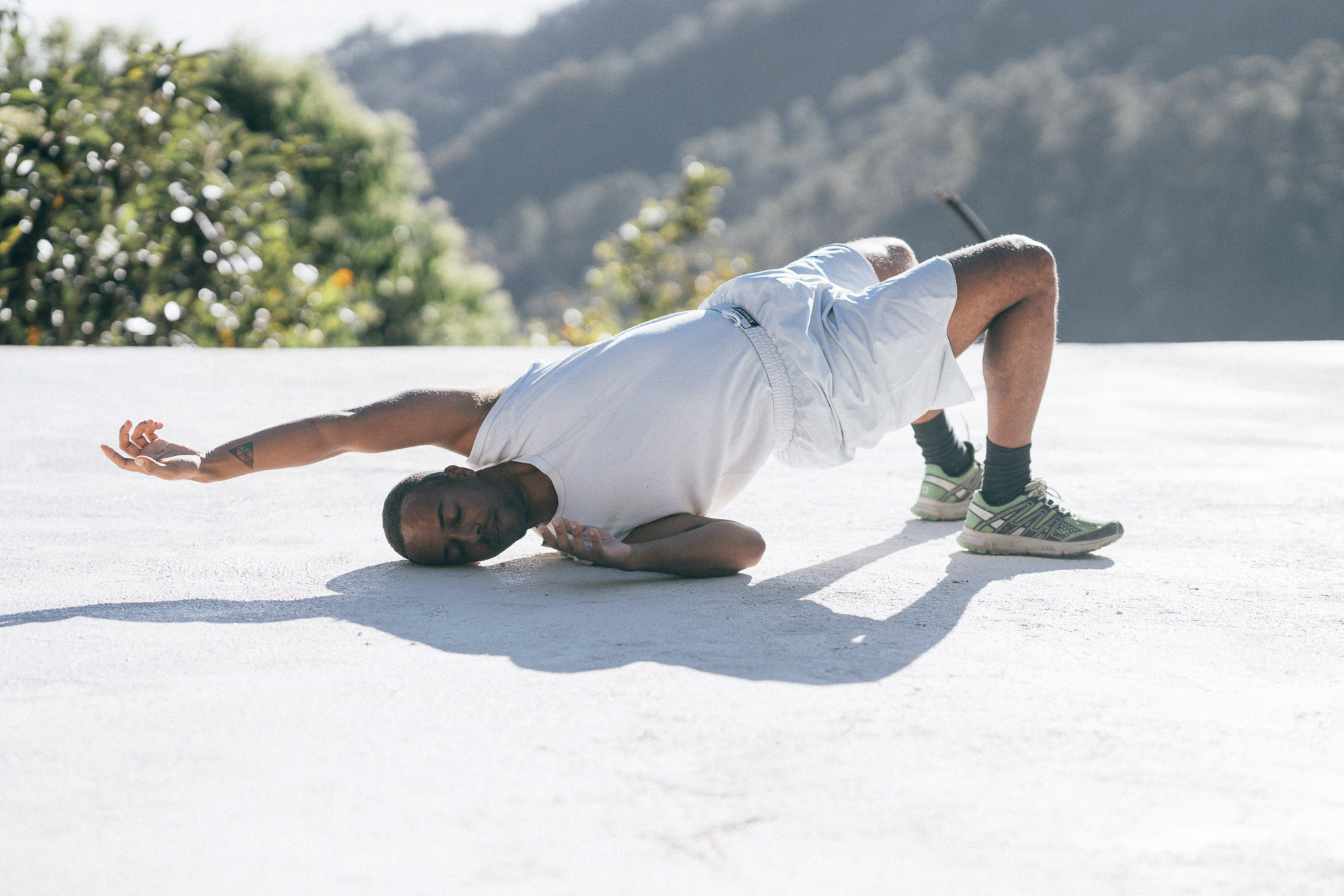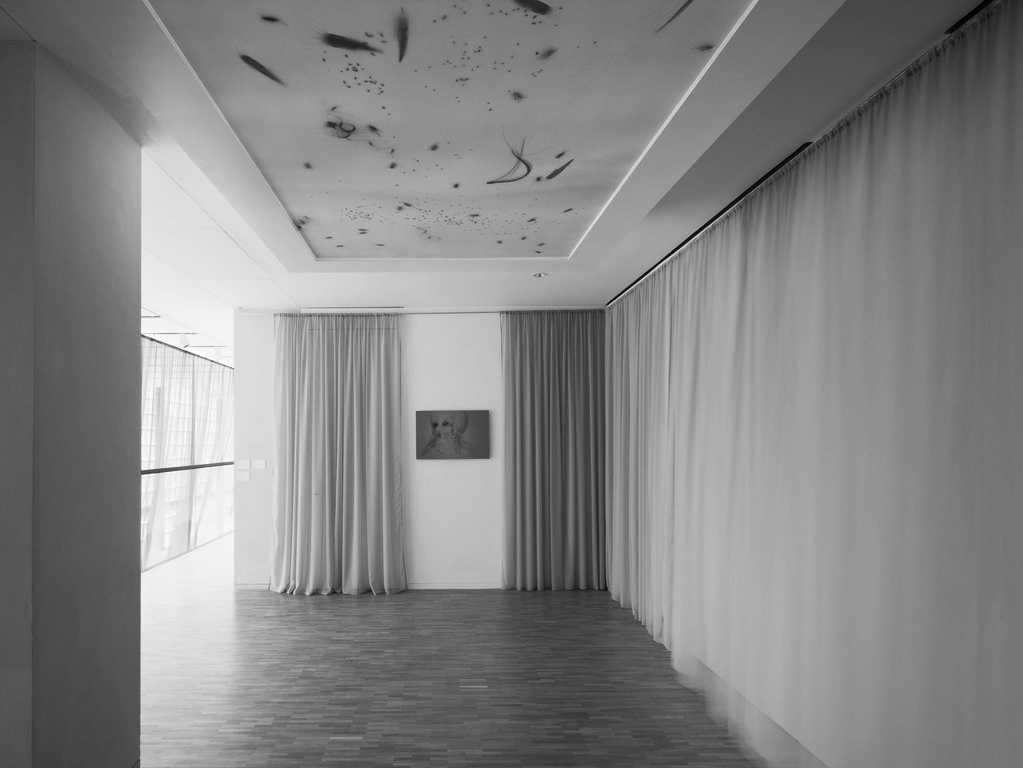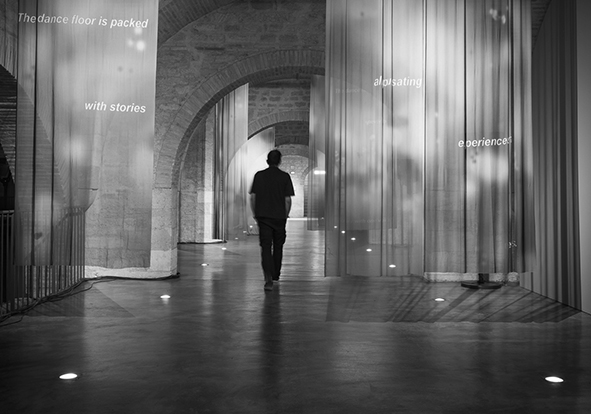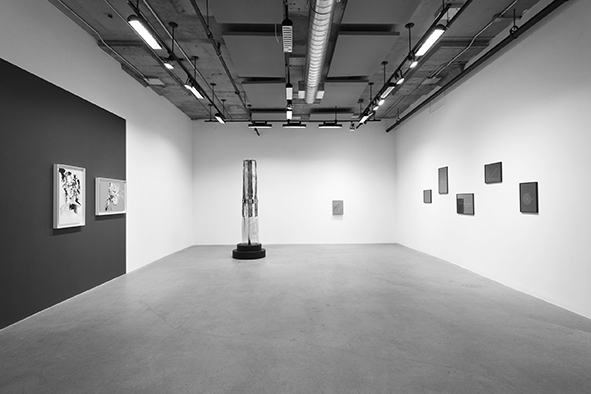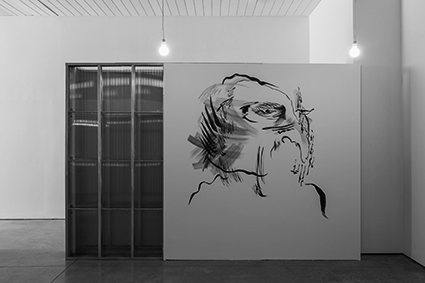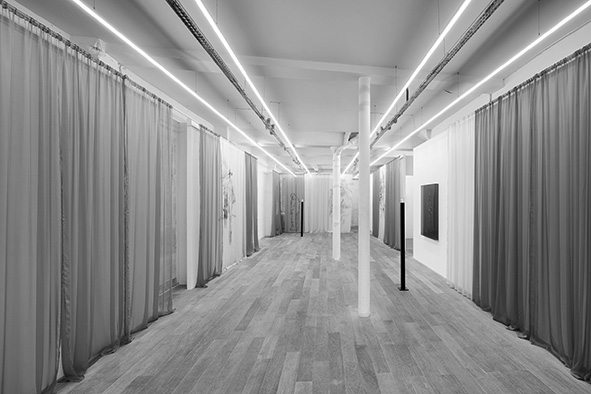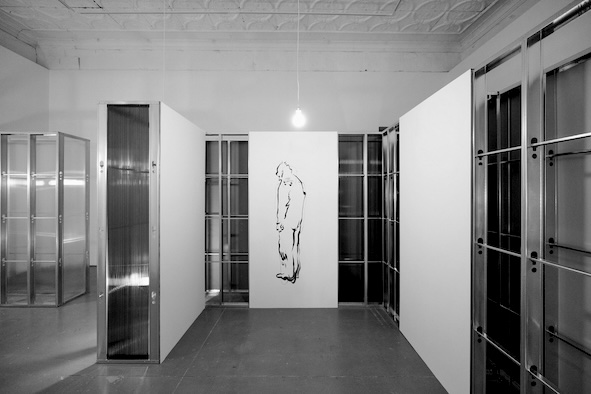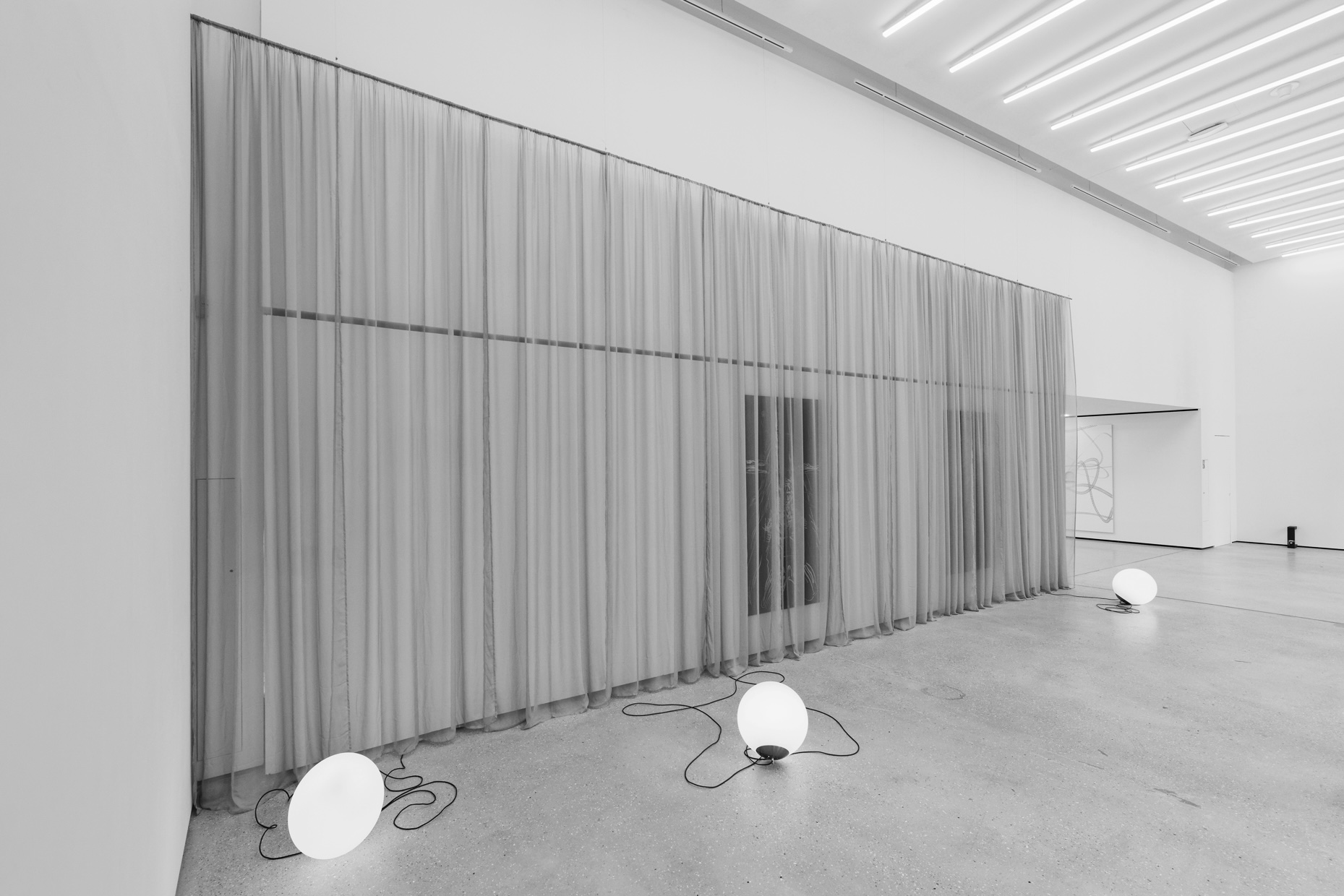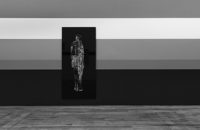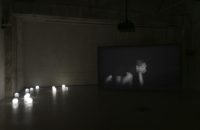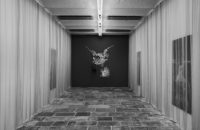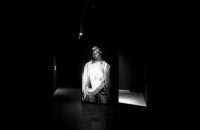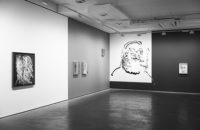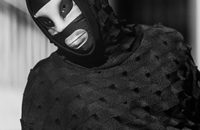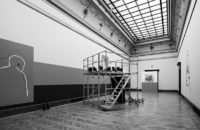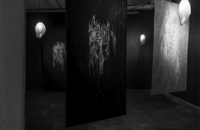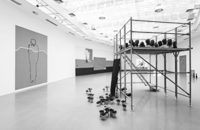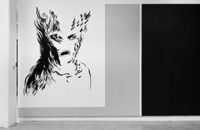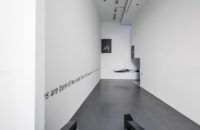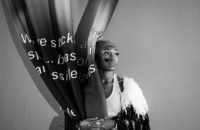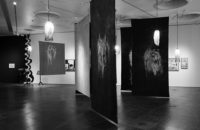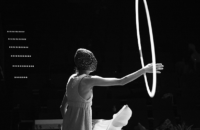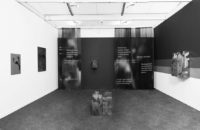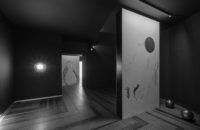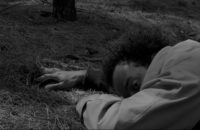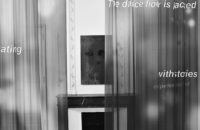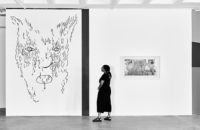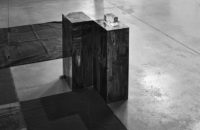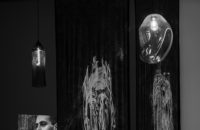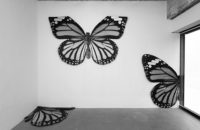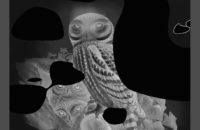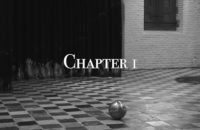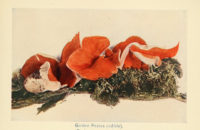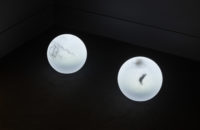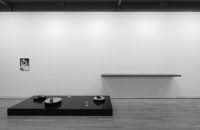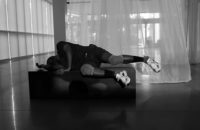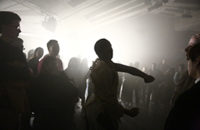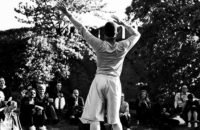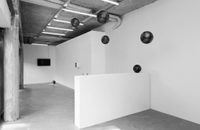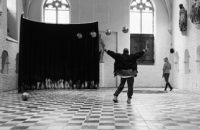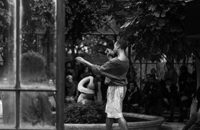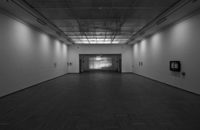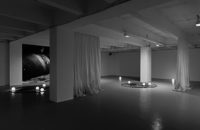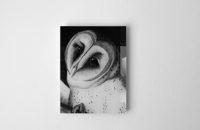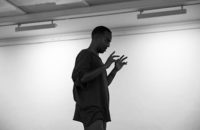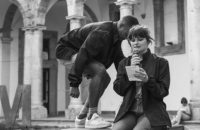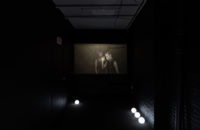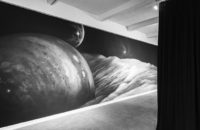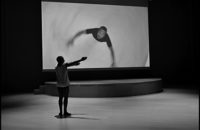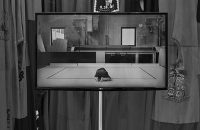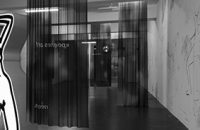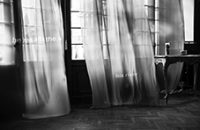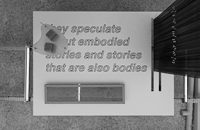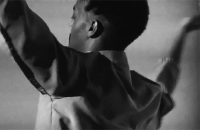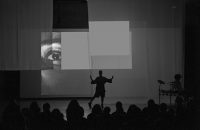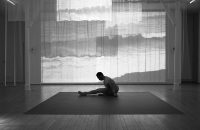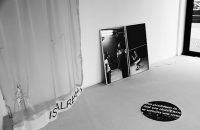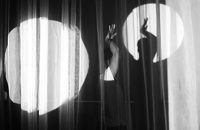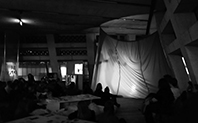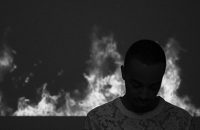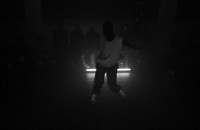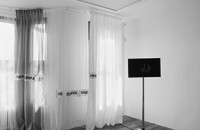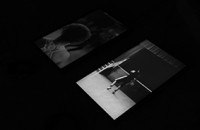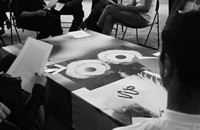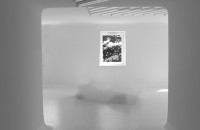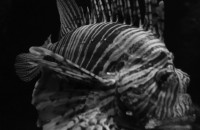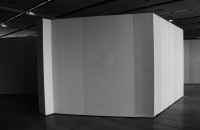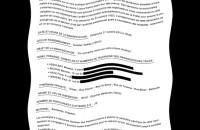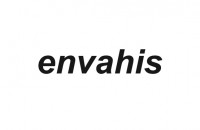Teetering between states of obscurity and clarity, the material forms, words, sounds, and figures that Paul Maheke directs often move through space; they become, retract, emerge and recede. Working with a range of references from critical theory to pop culture and music one can find instances pointing to sources as diverse as Audre Lorde and Michael Jackson. The work commonly addresses water; its literal more geopolitical implications and its metaphorical capacities, such as its uniformity despite having a dense molecular structure comprised of a multitude of unique atoms and its ability to shapeshift, morph, flood and breakdown that which tries to contain it. Perhaps following the water’s cue, Maheke asks if it is possible to unlearn resistance as opposition and expand the cracks that already exist.
Maheke assumes the body to be an archive – a site where histories and past traumas are stored and where these burdens can perhaps be transcended through the work with bodies. Attesting to an experience of existing as black and queer person framed within a white patriarchal culture, the methodology of the practice seems to state that perhaps the mould cannot perpetuate this vibrant incongruity forever and thus it begins to dismantle it, much like the river’s current that widens the span of the riverbank over time.
Maheke often questions the limits of representation and seems to favour using abstraction over strict representation. One may ask if a body in itself can be free of representation, especially if it is indeed an archive, but if one considers that a person and their presence just ‘is’ – no ‘re’ only ‘presentation’ – maybe it can be. If this presentation is of colour and queered it may also be possible to inhabit these positions (and the work seems to support this) as a methodology and to not frame them as images that become the subject matter. Quite literally animating the installations by working with live performers, Maheke takes the liberty to effect the configurations with energetic beings that carry their own weight and administer it as needed. While not formally trained in dance or choreography Maheke often assumes either or both of these roles and produces installations that can accommodate both bodies that at times dance – that of Maheke, the performers, and those of the audience – and other entities, his own works and those from other artists. In this case Maheke’s installation similarly accommodates additional works and is comprised of both live and made components.
Cory Scozzari, in the Baltic Triennial 13’s catalogue
